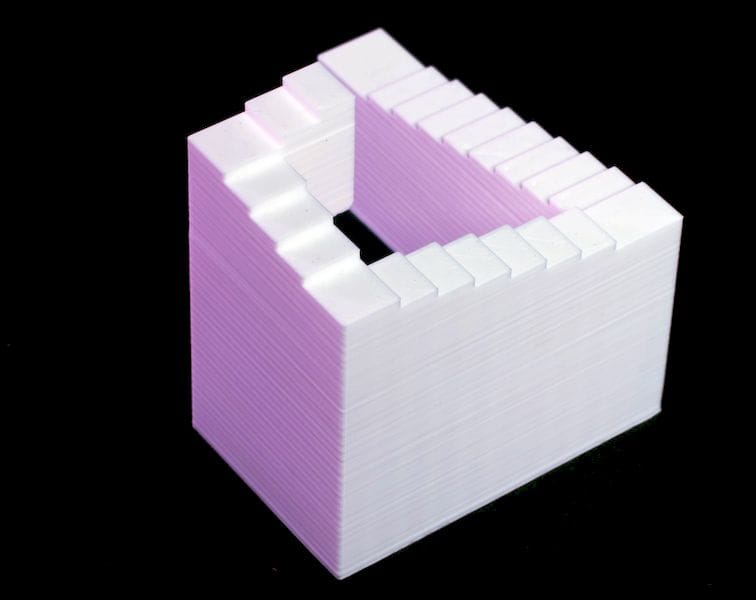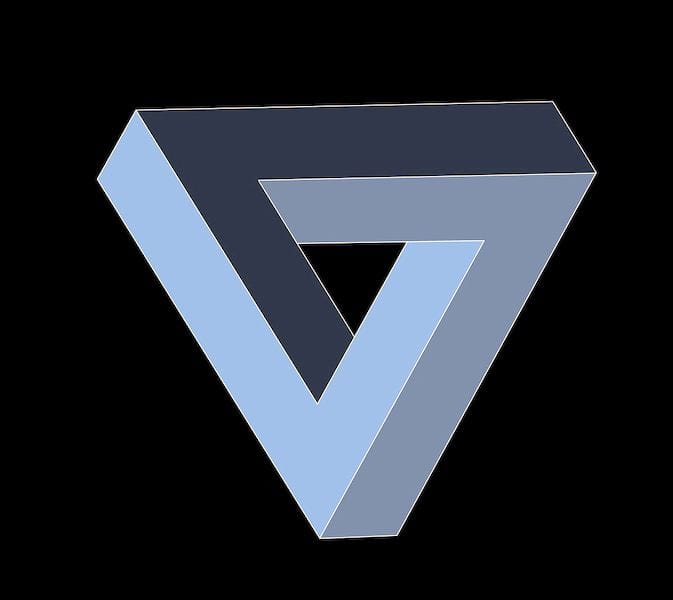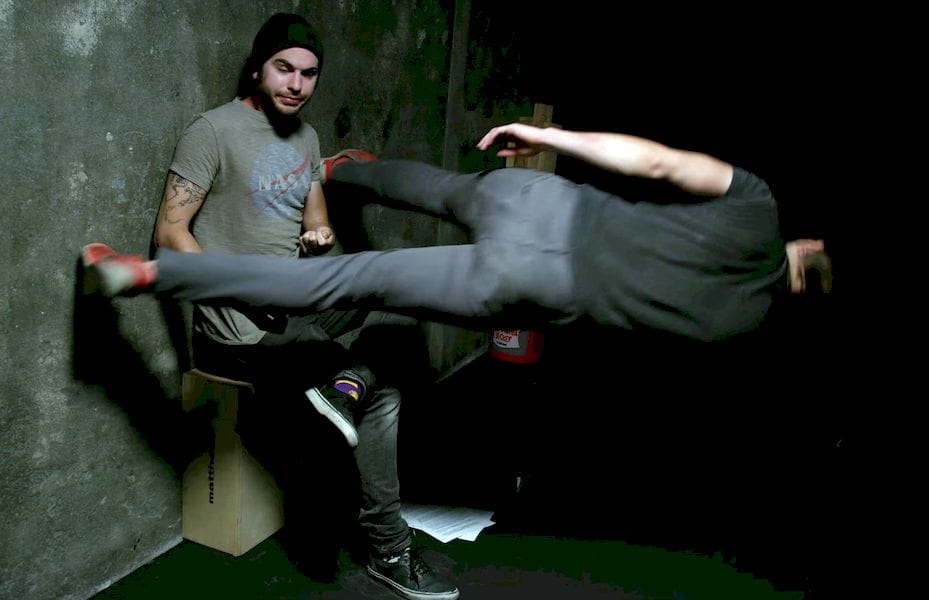
3D printers are well known for their ability to make “impossible objects”.
However, that impossibility refers to the ability of older, more traditional making equipment: these machines had many constraints on what could be made with them, thus there was implicitly a set of “impossible objects” they could not make.
Enter 3D printing: that zone of impossibility was irrevocably breached, as 3D printing processes were able to make objects that were indeed previously impossible.
But there are other impossible objects, like this one:

It’s the famous Penrose Triangle. If you look closely, you will see that this object is in fact impossible. Literally impossible: it CANNOT exist in real life.
Except here it is, 3D printed:

Apparently 3D printers can produce literally impossible objects, too!
But that’s not true; this is simply an optical illusion formed by an ingenious use of 3D design, 3D printing and camera techniques.

In a fascinating video by Vsauce3, Joe Roper explains the theory of how such impossible objects can be made.
It has to do with the mind’s ability (or flaw, I suppose) to generate perceptual paradoxes. The impossible objects never really exist, except within your mind.
Roper explains that it is necessary to create a “bistable perspective”, in which there are “unpredictable subjective changes”. In other words, your mind is unable to solidly grasp the nature of what is presented and flip-flops between multiple concepts.

It’s a phenomenon caused by lack of context and the application of five perceptual laws that everyone’s brains unconsciously use to make sense of the world:
- Law of Nearness (Proximity)
- Law of Similarity
- Law of Good Continuation
- Law of Closure
- Law of Common Fate
Implementation of these impossible objects is done by designing a 3D structure that, when viewed from a specific angle, appears to present the impossible situation.
These precisely designed models must also be imaged in a way that does not present any depth, which would give away the true structure. This means you cannot look at them with two eyes, as you would notice that one part is actually way behind another.
Thus these are best presented using a camera and lighting system that transforms the view from 3D into 2D.
Thus we have a bizarre sequence of transformations: a mental concept, to a 2D design, to a 3D design, to a 3D print, to a 2D image.
While these experiments are essentially 3D printing parlor tricks, I’m wondering whether these practices can be leveraged for more practical use. For example, would it be possible to design “optical illusioned” surfaces and structures for use in architectural design? Could these be 3D printed and transform spaces into radically different environments.
Someone will surely experiment so.
Via YouTube

